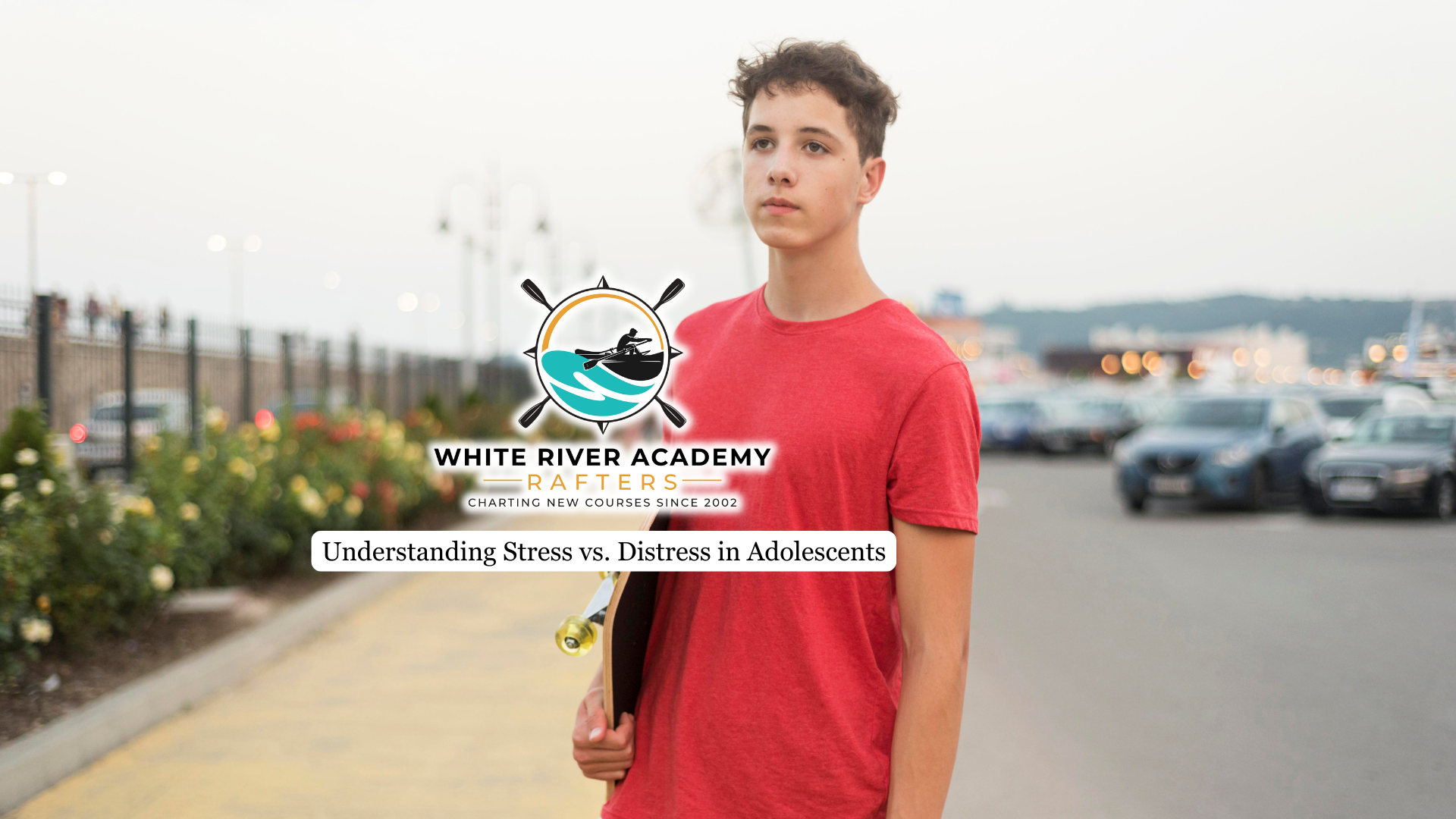Over the past few years, a concerning inhalant trend has quietly gained traction among teens: the use of whippets. These small metal cartridges, filled with nitrous oxide, are often misused to experience a brief, euphoric high. While they may seem harmless or even legal due to their availability, the reality is far more dangerous.
This article explores what whippets are, how they affect the brain and body, and what parents should know to protect their children.
What Are Whippets and How Are They Misused?
Whippets are cylinders or canisters that contain nitrous oxide, a colorless gas used in various industries, from culinary applications to medical anesthesia. When used correctly, nitrous oxide is safe under the supervision of a professional. However, inhaling it recreationally deprives the brain of oxygen, producing an intoxicating, short-lived high that can cause dizziness, numbness, and euphoria. Users often fill balloons with the gas and inhale from them repeatedly to extend the effects.
The danger lies in the method of use and the frequency of inhalation. Each breath of nitrous oxide replaces oxygen in the lungs, and repeated exposure can cause oxygen deprivation, or hypoxia. This condition disrupts brain function, slows reflexes, and leads to seizures or death. Despite these risks, many adolescents see whippets as an easy way to “experiment” without the stigma associated with other drugs. This pattern of misuse can escalate into inhalant addiction, a growing concern in substance abuse. Early recognition and professional inhalant addiction treatment for adolescents are critical to preventing lasting neurological and psychological harm.
The Immediate and Long-Term Health Effects
The effects of nitrous oxide are both immediate and cumulative. In the short term, users may experience lightheadedness, slurred speech, or temporary loss of motor control. Even brief use can increase the risk of accidents or injuries, such as falls or mishaps while handling objects, because coordination and judgment are impaired during the high.
The damage can be severe. Chronic use of whippets interferes with the body’s ability to absorb vitamin B12, which is essential for nerve and brain health. Deficiency can lead to numbness in the extremities, muscle weakness, and coordination problems. Extended oxygen deprivation can also result in permanent brain damage, memory impairment, and mood disorders. Individuals develop psychosis or depression after prolonged exposure. What begins as experimentation can quickly progress to addiction or irreversible neurological injury.
Why Teens Experiment with Whippets
Teenagers are particularly vulnerable to inhalant abuse because of curiosity, peer pressure, and the illusion of safety. Whippets are widely available online and in stores, often sold in bulk with no age restrictions. Their discreet packaging and lack of strong odor make them easy to conceal. Because the high fades quickly, many users mistakenly believe they can use whippets “casually” without consequences.
Social media has further fueled this behavior. Platforms like TikTok and Instagram often glamorize the trend through videos showing teens inhaling from balloons, laughing uncontrollably, or fainting, without acknowledging the risks. These portrayals normalize inhalant use and make it seem like a harmless party trick rather than a potentially deadly act. This misinformation, combined with the desire to fit in or escape stress, underscores the importance of education and parental awareness.

Recognizing the Warning Signs of Whippet Use
Detecting whippet use early can prevent long-term harm. Parents should watch for behavioral changes such as unexplained fatigue, irritability, poor concentration, or sudden drops in academic performance. Teens may become withdrawn, secretive, or defensive when questioned. Physically, they might display unsteady movements, slurred speech, or tingling sensations in their hands and feet.
There are visible clues around the home, empty metal canisters, balloons, or small boxes labeled as “whipped cream chargers.” These should never be ignored. While the objects themselves are not illegal, their presence in unusual places, such as bedrooms or backpacks, can indicate misuse. Parents who notice these signs should approach the situation calmly, focusing on concern and education rather than punishment.
How Parents Can Respond and Seek Help
Addressing inhalant abuse begins with open and informed communication. Parents should explain how nitrous oxide affects the brain and body, emphasizing that even brief use can cause irreversible damage. It’s also important to listen without judgment. Many teens experiment out of curiosity or peer pressure, rather than with the intent to harm themselves. Maintain a supportive environment, and parents can help their teens feel safe discussing risky behaviors.
An intervention, ideally with professional help, may be necessary if the behavior continues. Treatment programs tailored for adolescents focus on both physical and psychological recovery. These programs combine detoxification, counseling, and life skills training to address underlying emotional triggers and build healthier coping strategies. Family therapy also plays a vital role, helping parents and teens rebuild trust and communication throughout the recovery process.
Final Thoughts from White River Academy
The growing popularity of whippets among teens highlights the need for awareness, early intervention, and education. While nitrous oxide may seem harmless, its misuse can cause life-threatening consequences and long-term neurological harm. Parents who stay alert to warning signs and foster open communication are better equipped to guide their teens toward safer choices.
At White River Academy, we provide a specialized inhalant addiction program for adolescents in Utah, helping teens recover from the effects of nitrous oxide misuse through evidence-based therapy, academic support, and family involvement. Our program combines clinical care with holistic healing to help young people rebuild their confidence, develop healthy coping mechanisms, and move toward a purpose-driven, substance-free future.




